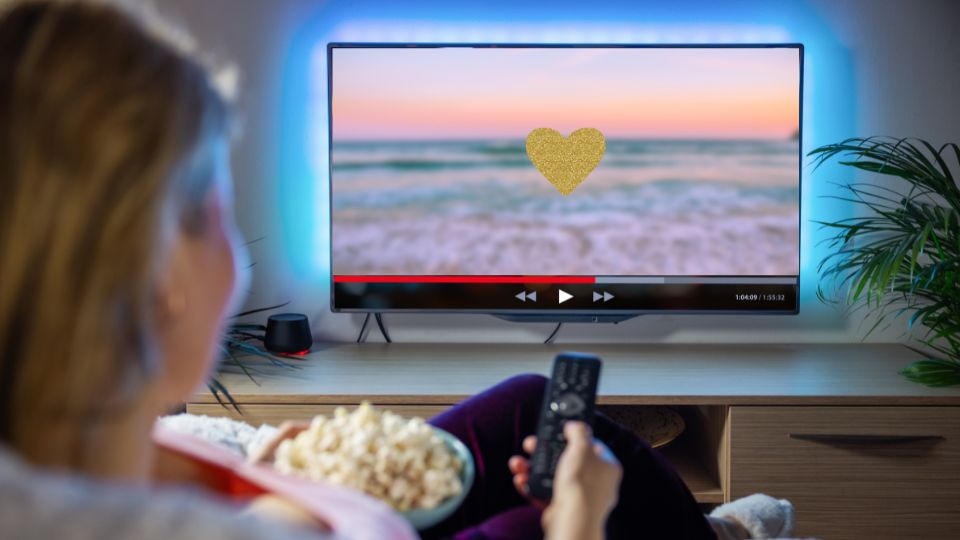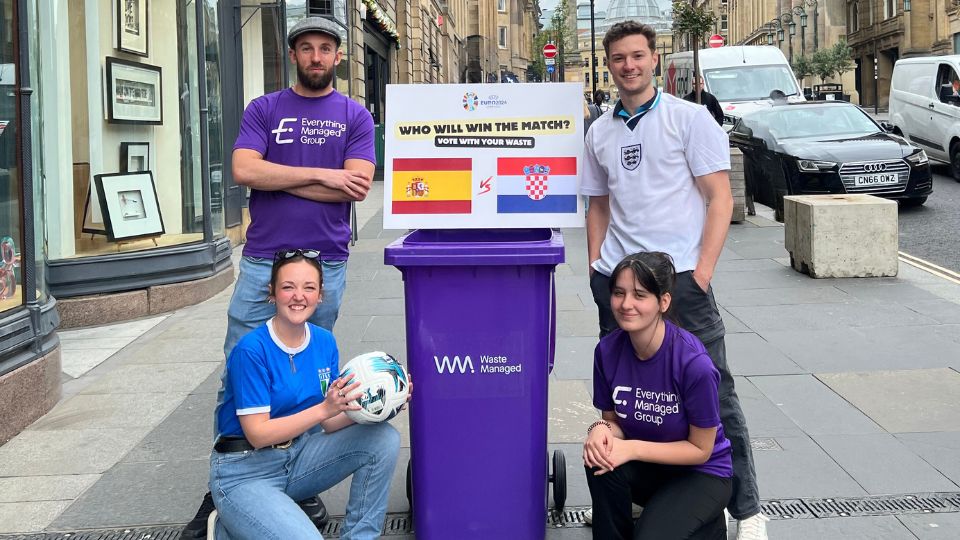
Reality TV Show Love Island‘s waste contributes to negative consequences for the environment, which is often overlooked.
‘Love Island’ is a popular reality TV show that features a group of singles living together in a villa, isolated from the outside world, as they couple up and compete in various challenges to avoid elimination.
The show, which has aired for numerous seasons since its debut in 2015, attracts millions of viewers each season.
Known for its dramatic recouplings and public voting, ‘Love Island’ has become a cultural phenomenon, spawning several international versions.
The waste generated by the show, from the villa to the viewers’ homes, is substantial and often overlooked.
In this blog, we’ll explore the waste produced by the viewers, the shopping trends driven by the show, and the waste within the villa.
Table of Contents
- Love Island Viewer Consumption and Waste
- Shopping Trends and Influencer Culture
- Waste at the Love Island Villa
- Conclusion

Love Island Viewer Consumption and Waste
With millions tuning in to see the romance, drama, and intrigue develop, the show has spurred a host of viewing habits that contribute significantly to waste.
From viewing parties laden with single-use plastics to the environmental impact of streaming the show, the consumption patterns of Love Island fans have a considerable ecological footprint.
Viewing Parties and Watching Love Island with Friends
Love Island viewing parties have become a social phenomenon.
The popular chain Walkabout, have started hosting Love Island themed nights where viewers can drink cocktails and watch the drama unfold.
Friends gather to watch the chaos, often accompanied by lots of snacks and drinks, which significantly contributes to waste in the UK.
Chips, dips, fruit, chocolates and other party snacks are often packaged in single-use plastics, and the volume of this type of waste tends to increase when people host gatherings as they purchase in excess of what they need.
Studies have shown that hosting viewing parties result in an increased likelihood of takeaway food being ordered.
This is great for small, local businesses, but usually increases the amount of single-use and non-recyclable waste by a huge number.
According to Waitrose, 15% of people will always use food apps to prepare food for friends rather than cooking at home.
During Covid-19, sales on apps like Uber Eats, Deliveroo and Just Eat soared by 76%.
Love Island Merchandise
Additionally, fans frequently purchase Love Island merchandise, from water bottles, to suitcases, to champagne glasses to clothing.
These items, emblazoned with the show’s logos and catchphrases, become must-have accessories for avid viewers wanting to feel closer to the action.
However, the environmental cost of producing and distributing this merchandise is significant.
Often manufactured quickly and cheaply to meet high demand, these products are not sustainably produced.
The materials used, such as plastics and synthetic fabrics, contribute to the growing problem of consumer waste.
Once the novelty wears off, many of these items are discarded, ending up in landfills and contributing to pollution.
This cycle of consumption and disposal underscores the hidden environmental impact of reality TV fandom.
Streaming Love Island
Watching Love Island involves more than just tuning in; it has an environmental footprint.
Streaming high-definition video consumes a large amount of energy.
Data centres that are required to stream the content and the electricity used by viewers’ devices contribute to the show’s carbon footprint.
In addition to this, the demand for the latest electronic devices to watch shows like “Love Island” leads to a high turnover rate of gadgets, adding to electronic waste.

Shopping Trends and Influencer Culture
The influence of Love Island on fashion is undeniable, but it comes at an environmental cost.
Islanders often partner with fast fashion brands such as Pretty Little Thing, promoting new styles that fans rush to buy.
These trends lead to rapid production cycles and significant textile waste.
Social media challenges like clothing hauls, where individuals showcase large quantities of new clothing, encourage viewers to purchase and quickly discard items.
The beauty industry also sees a spike in waste due to trends set by Love Island.
Many beauty products endorsed by islanders come in single-use plastic packaging, leading to increased plastic waste.
The influence of islanders on beauty routines results in rapid consumption and disposal of products, contributing to environmental degradation.

Waste at the Love Island Villa
The villa where the islanders live across the span of the show is a hub of waste production.
Preparing meals and snacks for the love islanders to consume in the villa results in a considerable amount of food waste over the course of the time they spend there.
Leftovers and packaging from these meals also contribute heavily to the villa’s waste.
Additionally, the use of disposable items like plastic cups, plastic straws and plastic plates in the villa adds to their negative environmental footprint.
Creating the picturesque Love Island villa involves considerable resources.
Many of the villa’s structures and decorations are temporary and are just discarded after the show when it’s returned to a villa the general public can rent out.
Keeping the villa operational, with lighting and air conditioning, requires substantial energy, indirectly adding to the waste through carbon emissions.
The contestants themselves contribute to the waste footprint.
Islanders often wear new outfits daily, provided by sponsors.
These clothes are rarely reused and add to textile waste.
Contestants bring personal care products and other items, generating additional waste during their stay.

Conclusion
Love Island is more than a reality TV show. It’s a cultural phenomenon with a significant environmental impact.
The waste generated by viewers, influenced shopping trends, and the operational waste within the villa all contribute to a considerable carbon footprint.
As fans and consumers, we have the power to make more sustainable choices, reducing the use of single-use plastics, supporting sustainable fashion, and being mindful of our energy consumption.
With conscious effort, both the show’s producers and its audience can help mitigate the environmental impact of reality TV.
By examining the hidden costs of Love Island, we can enjoy our favourite shows more responsibly and contribute to a more sustainable future.








